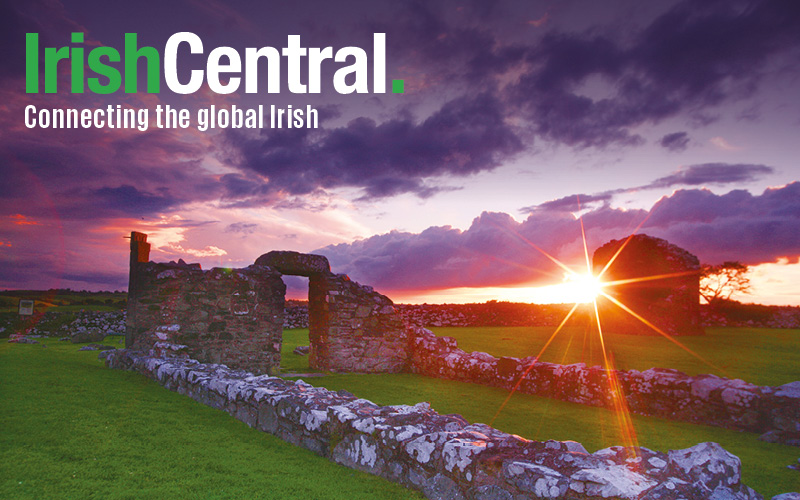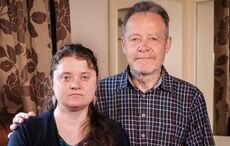|
Aspects of the History of Irish Dancing by Dr. John Cullinan |
Dr. John Cullinane’s book Aspects of the History of Irish Dancing is the first in a library of eight books that provide invaluable information about Irish dance history. Because the Gaelic people passed down their history orally, very little is recorded concerning the roots of Irish dance. Through research, interviews and valuable experience, Dr. Cullinane delivers a rich background of Irish dancing as we know it today.
The first book is written as a reference guide and covers important aspects of the dance’s history. Dr. Cullinane describes the first Irish dance Ceili held in 1897, records the many remembrances of the infamous dance master, and explains the evolution of feisanna, dance costumes, hand position, as well as ceili and traditional set dances. He then touches briefly on the expansion of Irish dance to England, Australia, New Zealand, North West England and the United States.
Did you know that much of the dances were preserved during the troubled times of 1916-1921 because they were taught in prisons? In Aspects of the History of Irish Dancing, read about the first ever ceili held in 1897 where participants dined on tea and cakes during intermission. Find out how the infamous dancing master sometimes taught in a kitchen or farm outhouse. Learn about a man who was such a gifted dancer that it was said that “He could write with his feet” (p40).
Dr. Cullinane’s books are a valuable tool for those who want to understand the history of Irish dance and will help ensure that traditional Irish dance continues to thrive.
The New York Times recently published an excellent article with Dr. John Cullinane, regarding Irish dance costumes, and how they have changed over the years. Dr. Cullinane compares the elaborate costumes of today's Irish dancers to those of times gone by, in a positive, and insightful interview. You can read the article here.
The first book is written as a reference guide and covers important aspects of the dance’s history. Dr. Cullinane describes the first Irish dance Ceili held in 1897, records the many remembrances of the infamous dance master, and explains the evolution of feisanna, dance costumes, hand position, as well as ceili and traditional set dances. He then touches briefly on the expansion of Irish dance to England, Australia, New Zealand, North West England and the United States.
Did you know that much of the dances were preserved during the troubled times of 1916-1921 because they were taught in prisons? In Aspects of the History of Irish Dancing, read about the first ever ceili held in 1897 where participants dined on tea and cakes during intermission. Find out how the infamous dancing master sometimes taught in a kitchen or farm outhouse. Learn about a man who was such a gifted dancer that it was said that “He could write with his feet” (p40).
Dr. Cullinane’s books are a valuable tool for those who want to understand the history of Irish dance and will help ensure that traditional Irish dance continues to thrive.
The New York Times recently published an excellent article with Dr. John Cullinane, regarding Irish dance costumes, and how they have changed over the years. Dr. Cullinane compares the elaborate costumes of today's Irish dancers to those of times gone by, in a positive, and insightful interview. You can read the article here.
_________________
Read more:
Book Review, Norah and The Irish Dresser series by Cynthia G. Neale - VIDEO
Book review:"The Little Book of Inspiration for Irish Dancers" by Sean Connolly - VIDEO
Olympic athletes share performance secrets Irish dancers can use
__________________
Book Review, Norah and The Irish Dresser series by Cynthia G. Neale - VIDEO
Book review:"The Little Book of Inspiration for Irish Dancers" by Sean Connolly - VIDEO
Olympic athletes share performance secrets Irish dancers can use
__________________
Purchase Dr. Cullinane’s collection of books on Irish dance history at www.feiswear.com or www.ossianusa.com.
Parts of this article was published previously in Feis America Magazine. Read the full review on www.christydorrity.com.
Readers: Are you an adult Irish dancer, competitive or not, with a story to share? Would you like to inspire others to feel your passion for Irish dancing and culture? Do you have a question about Irish dancing? Please visit www.christydorrity.com.




Comments